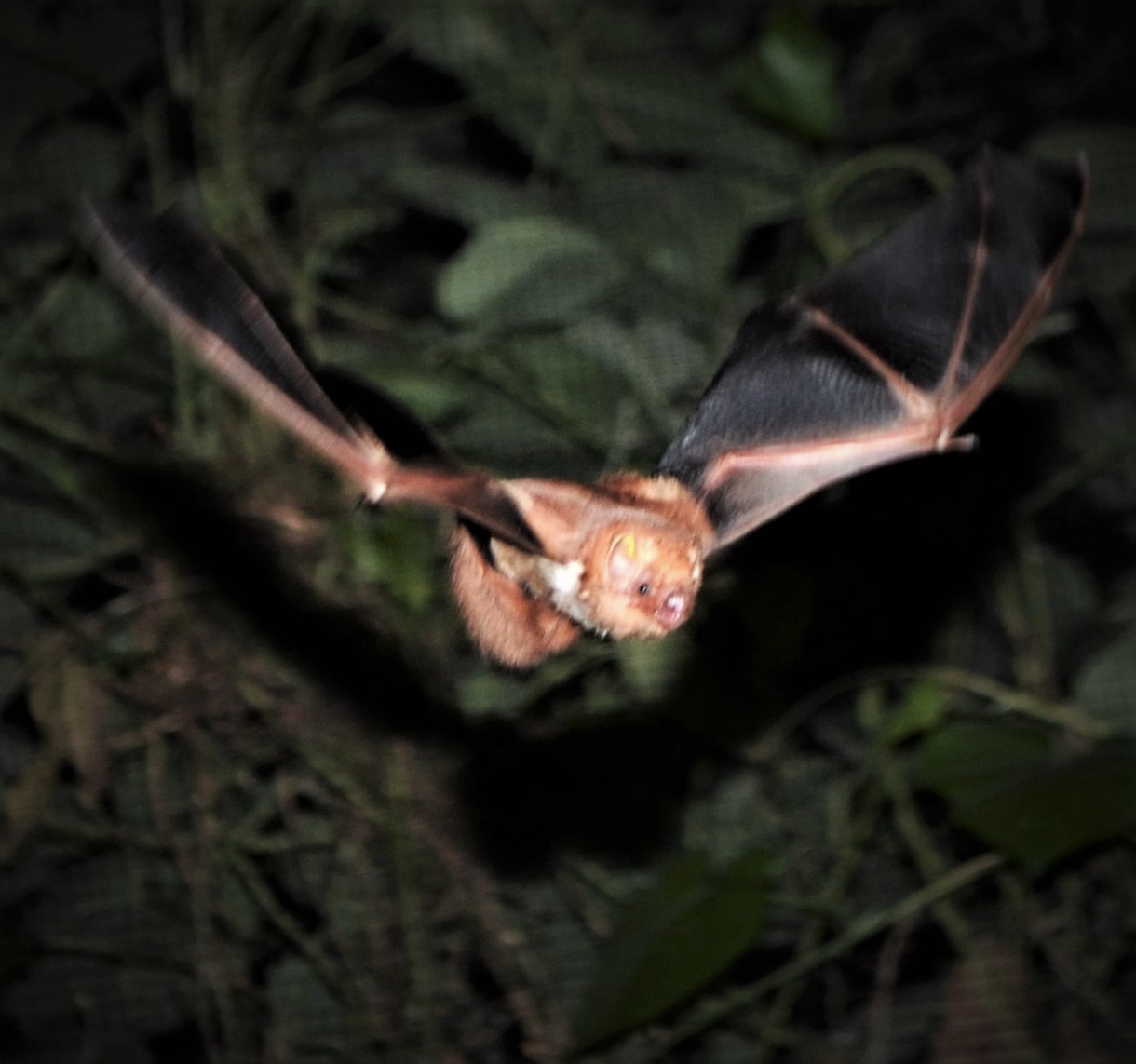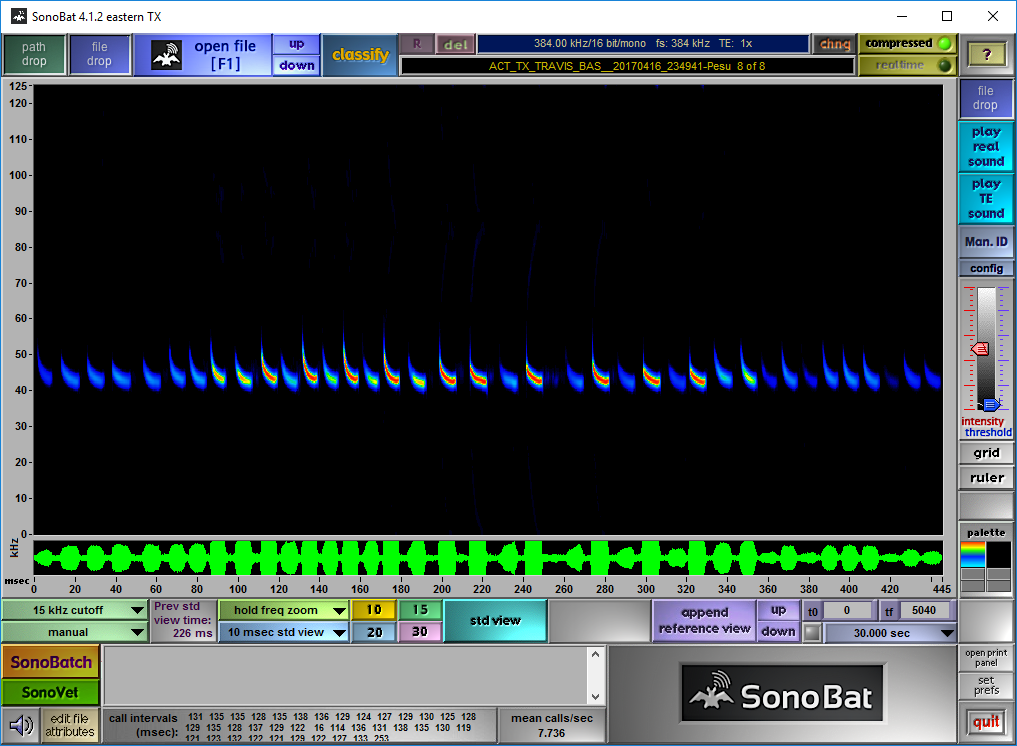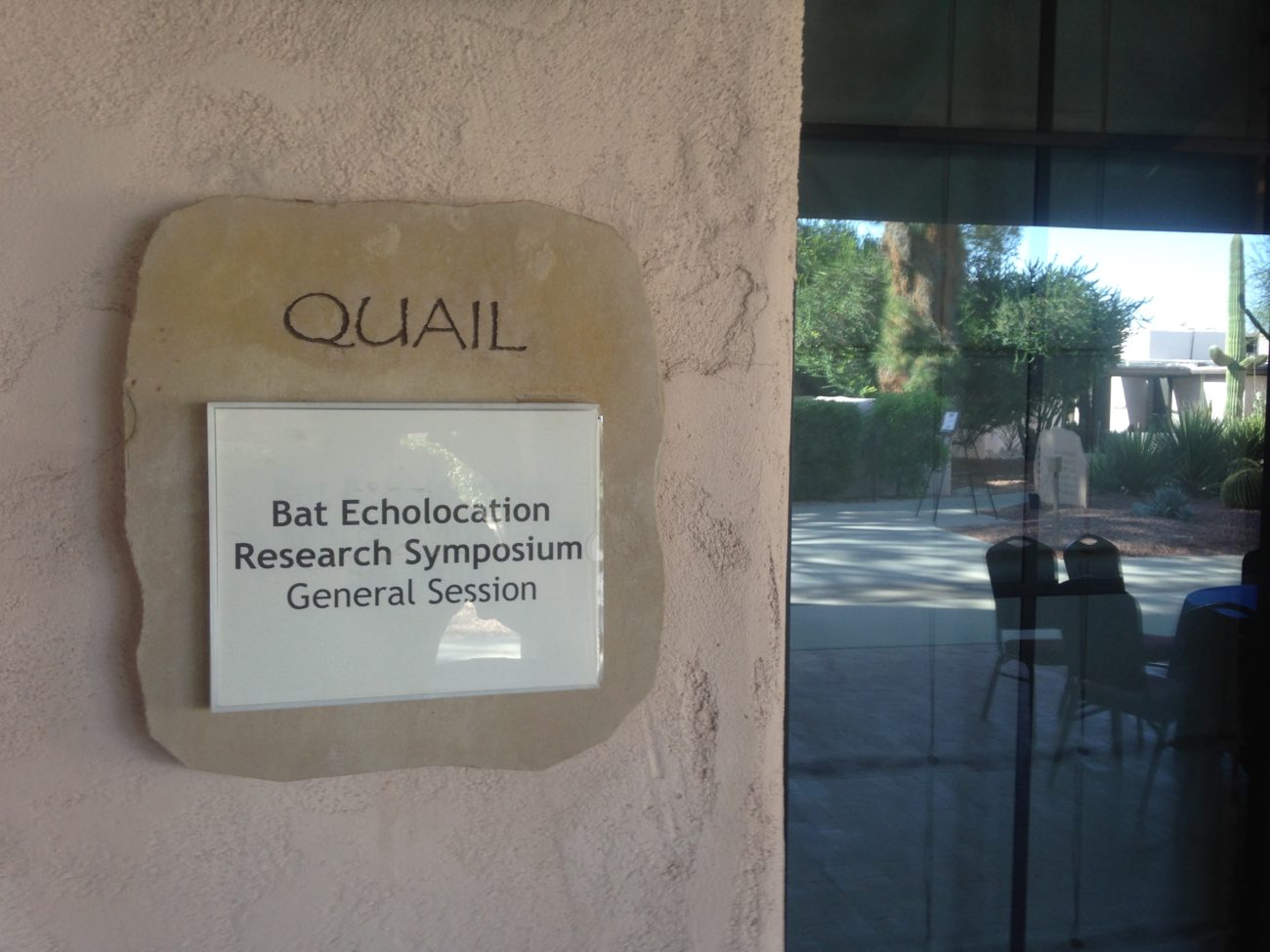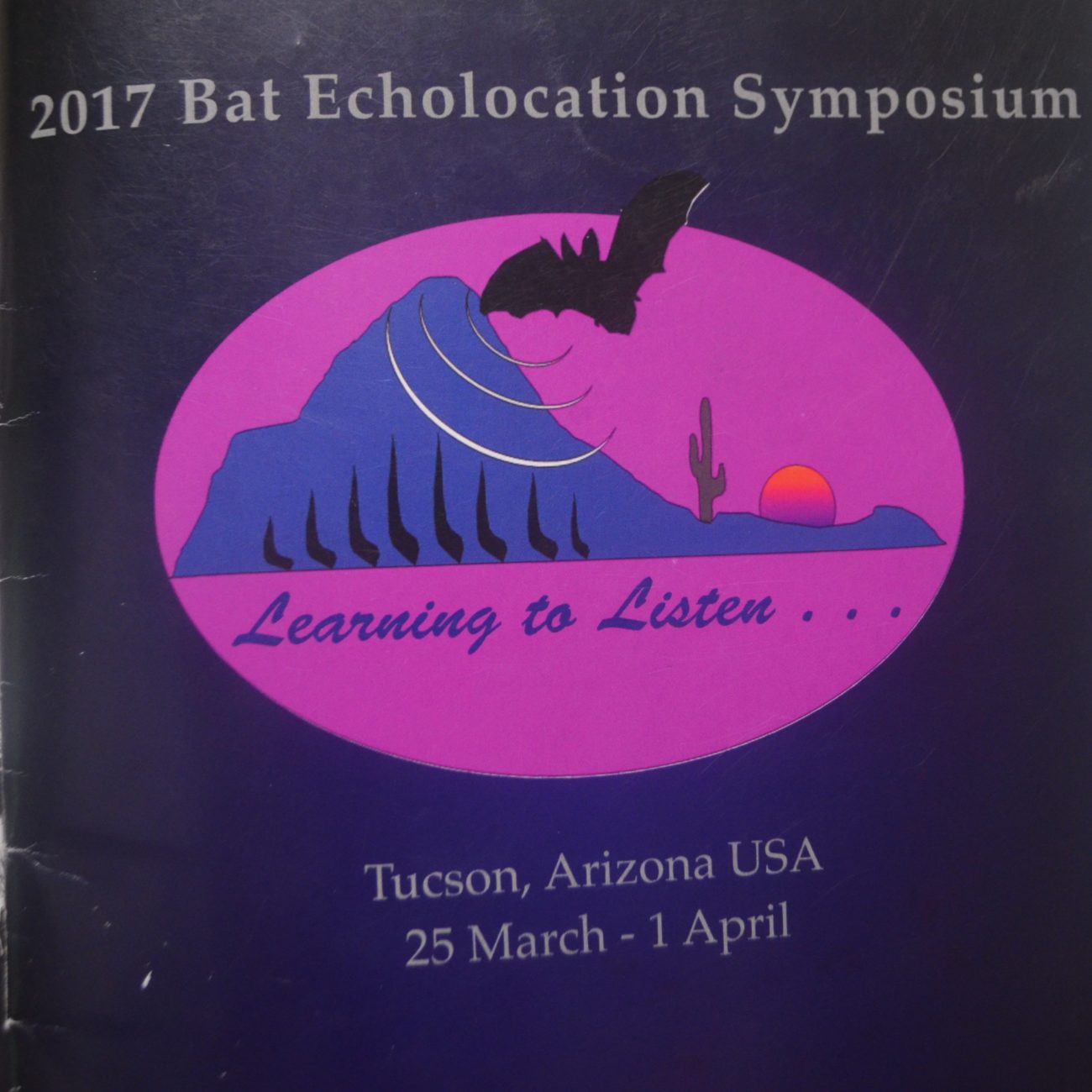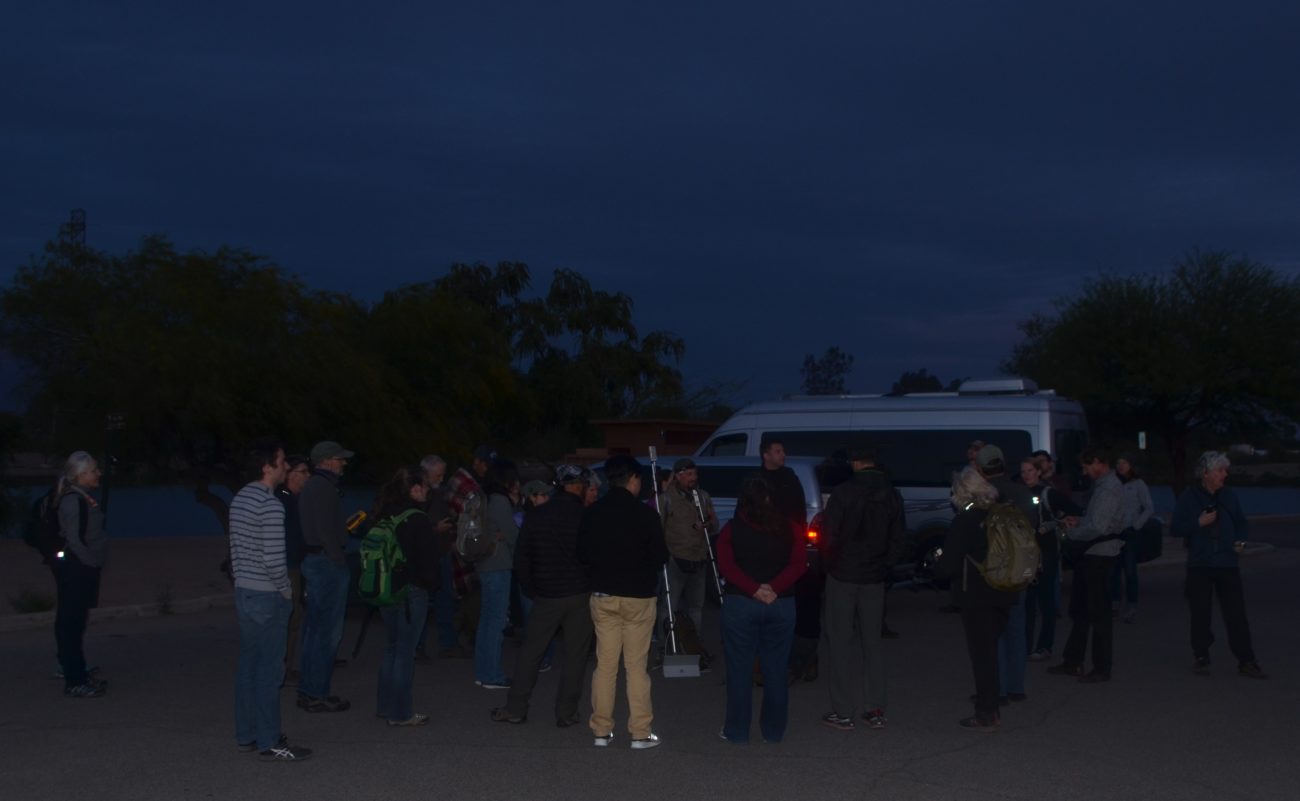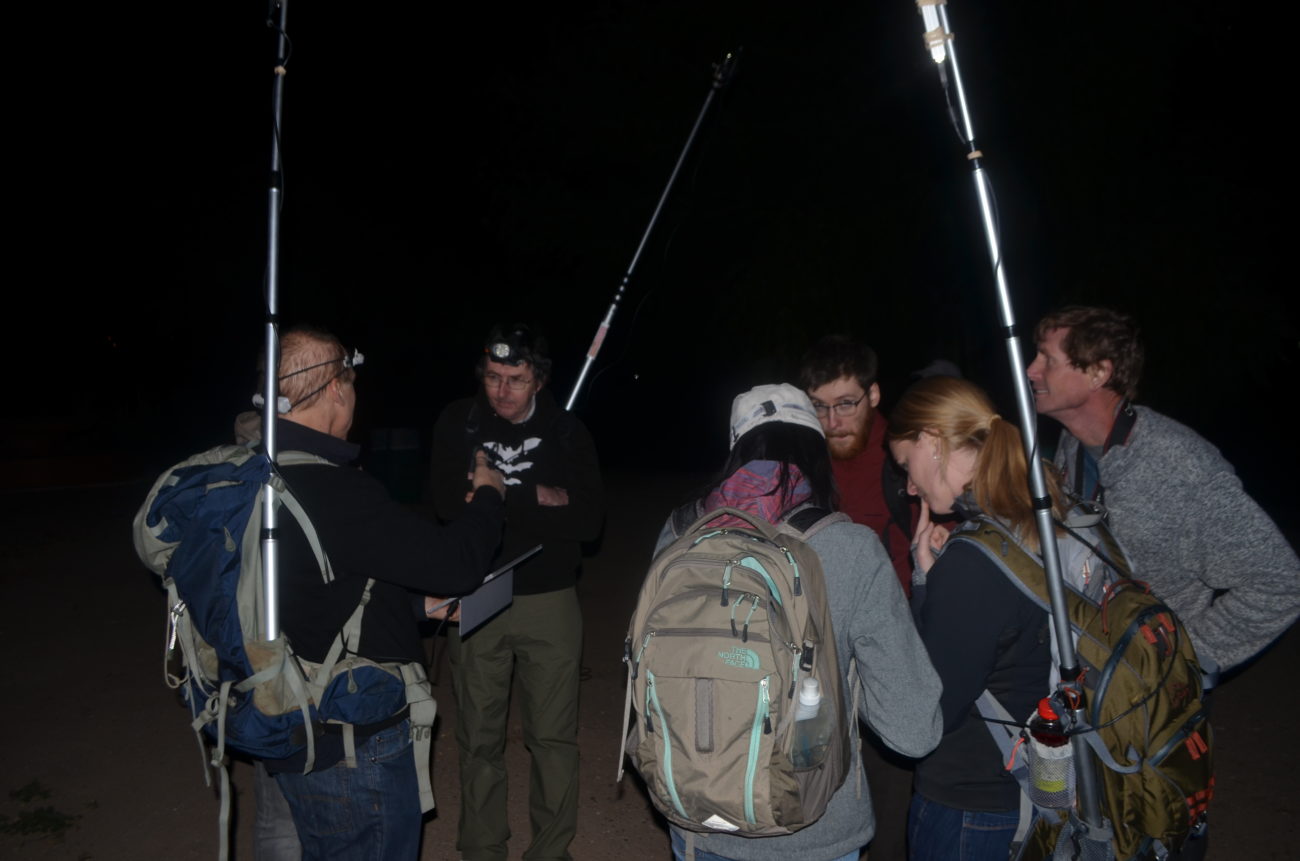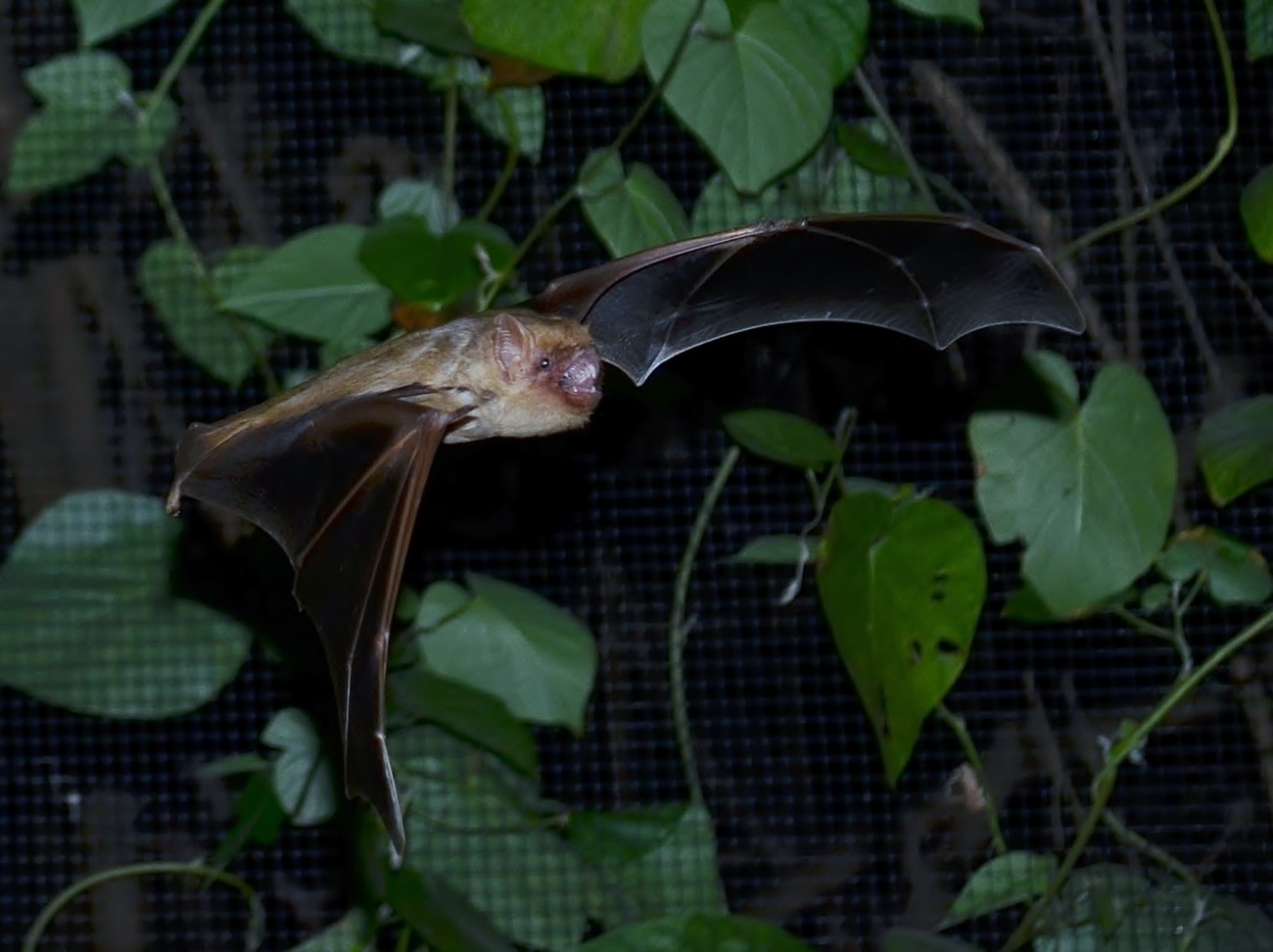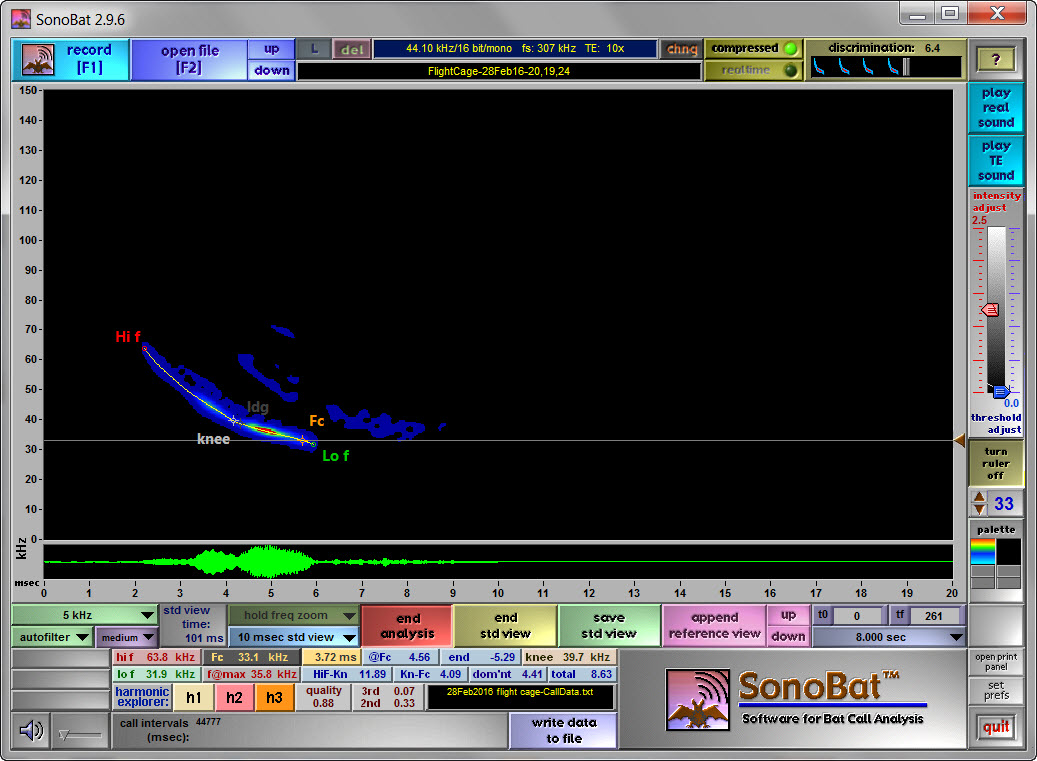Look like a pine cone to you? That’s what this beautiful hoary bat wants you to think. Let’s see who she really is!
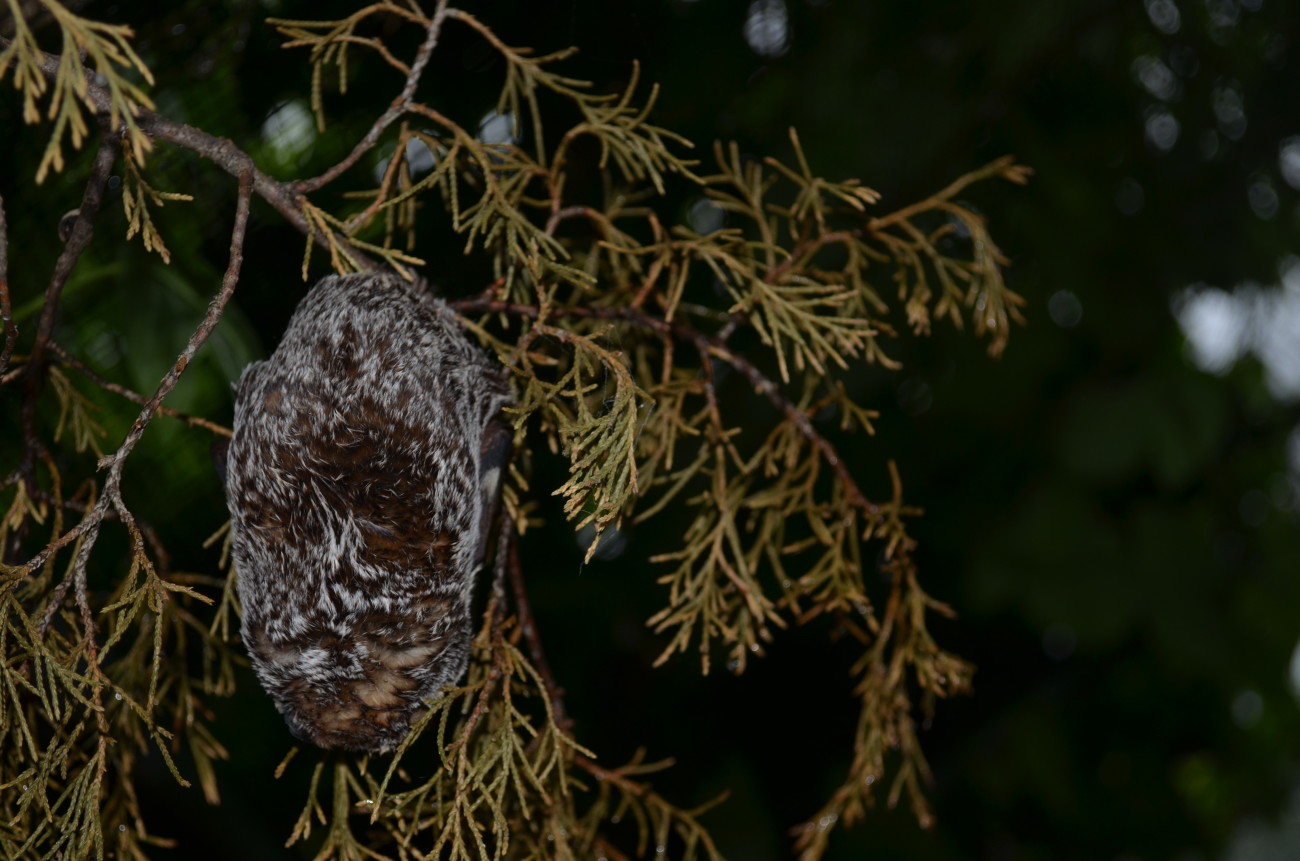
hoary bat pine cone
Found on the ground at the University of Texas and brought to us by Carin Peterson and Rachel Ellerd of UT Animal MakeSafe
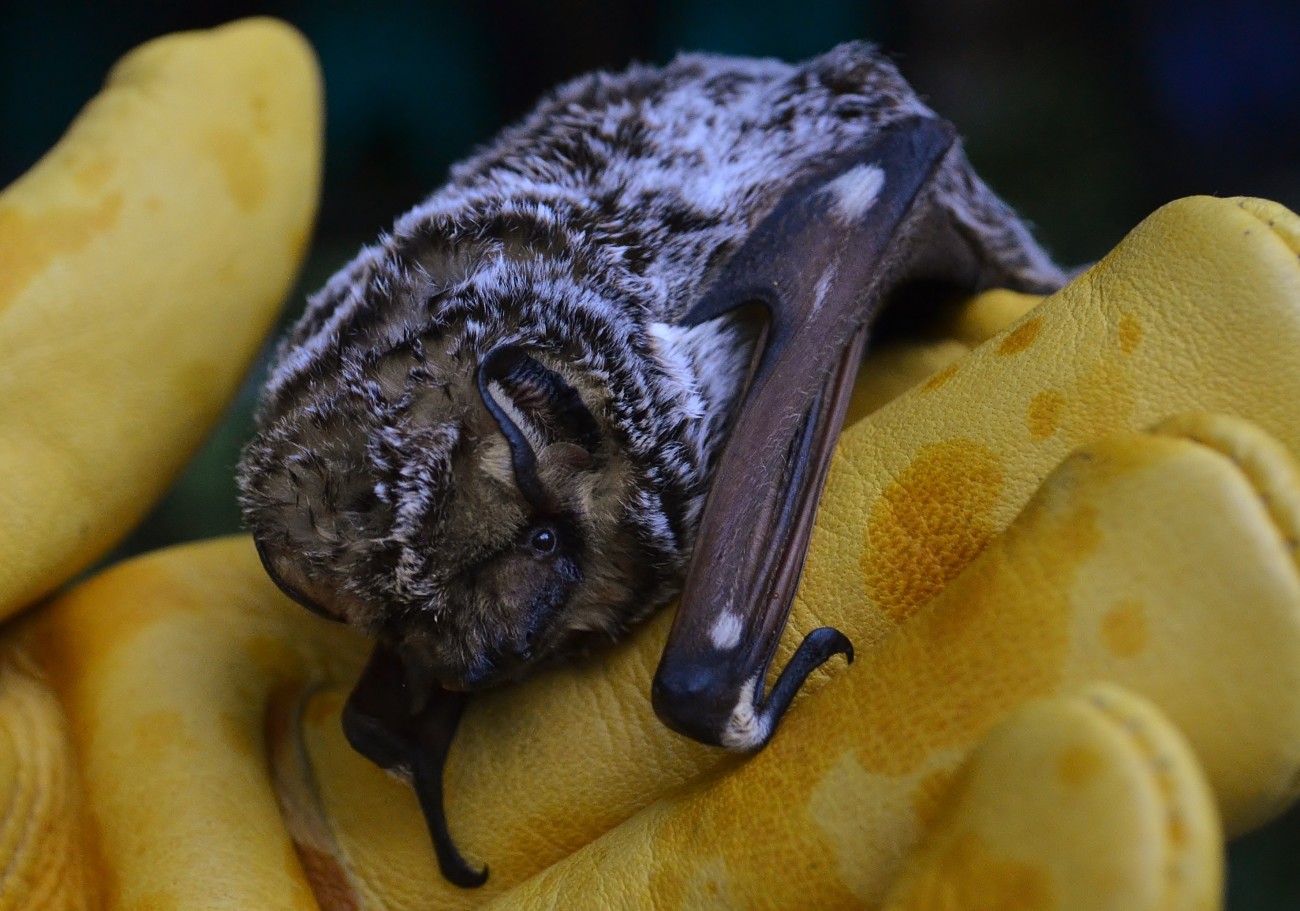
The following is our favorite impression of this bat. Wonderful photo by Carin Peterson.
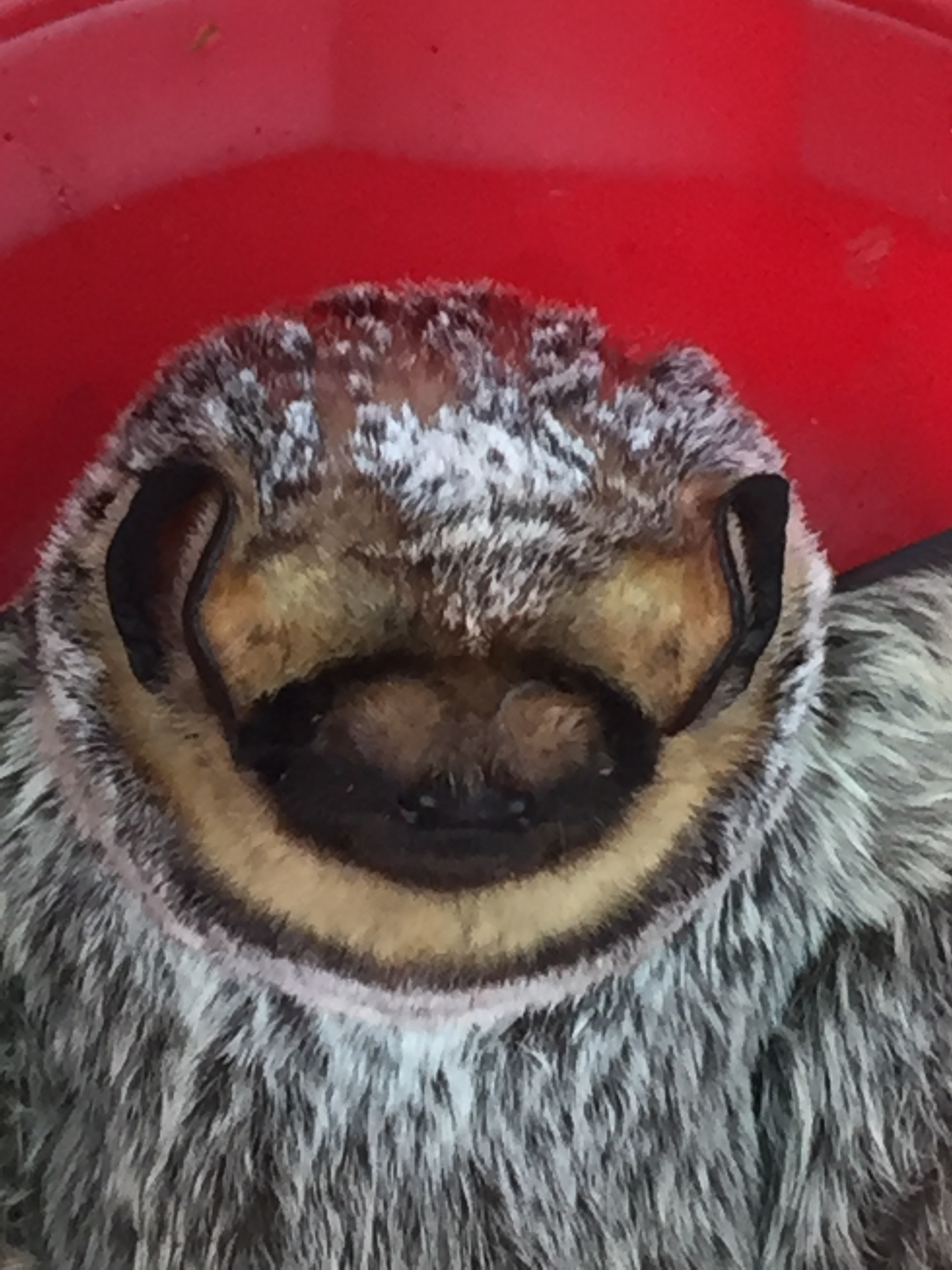
hoary bat sloth slat bloth eskimo parka bat
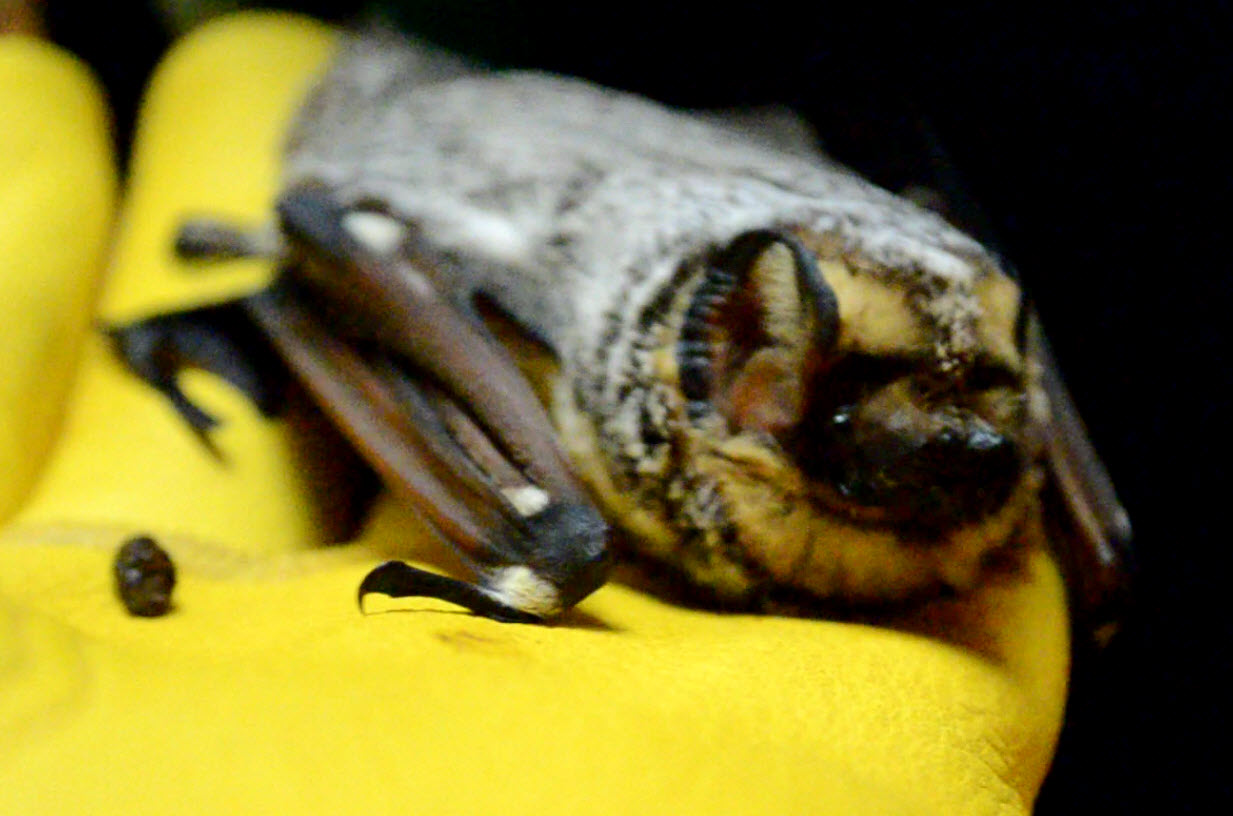
hoary bat
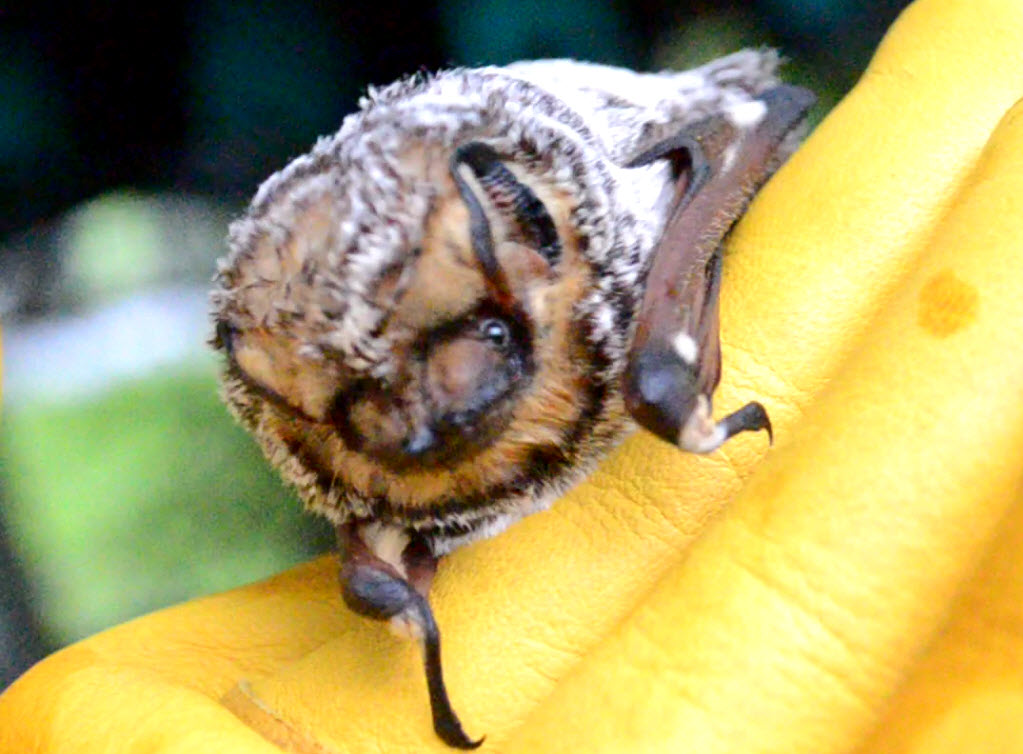
hoary bat
Imagine how different this map view must have looked to her with all the night lighting, as she flew through on her spring migration. According to Bats of Texas by Ammerman et al 2012, hoary bat females have been documented as traveling as far as 1800 km during their migration. What caused her to end up grounded at 2317 Speedway on the UT campus? She seems completely alert and healthy. Had she been looking for a drink from the Turtle Pond?
Did the lights disorient her as she was migrating to her summer grounds up north? Maybe she was feeding around the lights on campus and not having much luck.

UT hoary bat’s eye view
She was emaciated and even after 3 cc’s of blended mealworms we could still see her backbone through her belly. She’s likely pregnant (since mating season is in the fall for hoary bats) so she must have been ravenous and could have ended up on the ground weak from hunger.
Was she migrating with a group of other females? The males don’t travel with the females to the summer grounds, they summer in the western states while the females head north and east.

hoary bat first night in flight cage
The first night in the flight cage she flew but not for long. Just one trip down and one trip back, so we don’t know if she sustains flight.

hoary bat flight cage
She did love being outdoors, even in the rain. She didn’t seek shelter when the heavy rains came in so she was pretty cold and wet in the morning, but no worse for the wear.

hoary bat flight cage
Her forearm length of 57 mm is at the top of the range for this species (46-58 mm) and her body length from nose to base of tail of 90mm is also above the average 80 mm. This is what we would expect since females are larger than males. However, her weigth of 27.8g is not as high on the scale (20-35 g) as we would expect given her length. Her body/mass index of 0.49 seems substantial, but the eyeball test says she seems in need of a few more good meals. A rough measure of her wingspan, performed by stretching one wing out and doubling the nose to tip measurement, came out around 400 mm or about 15-3/4″. We obviously did not stretch the wing completely out, just as much as we could without causing discomfort this being a live bat and not a specimen, so this is probably quite a bit shorter than what we might expect to find.
It’s striking to us that her feet (11 mm) are so much larger and stronger than other Lasiurans.
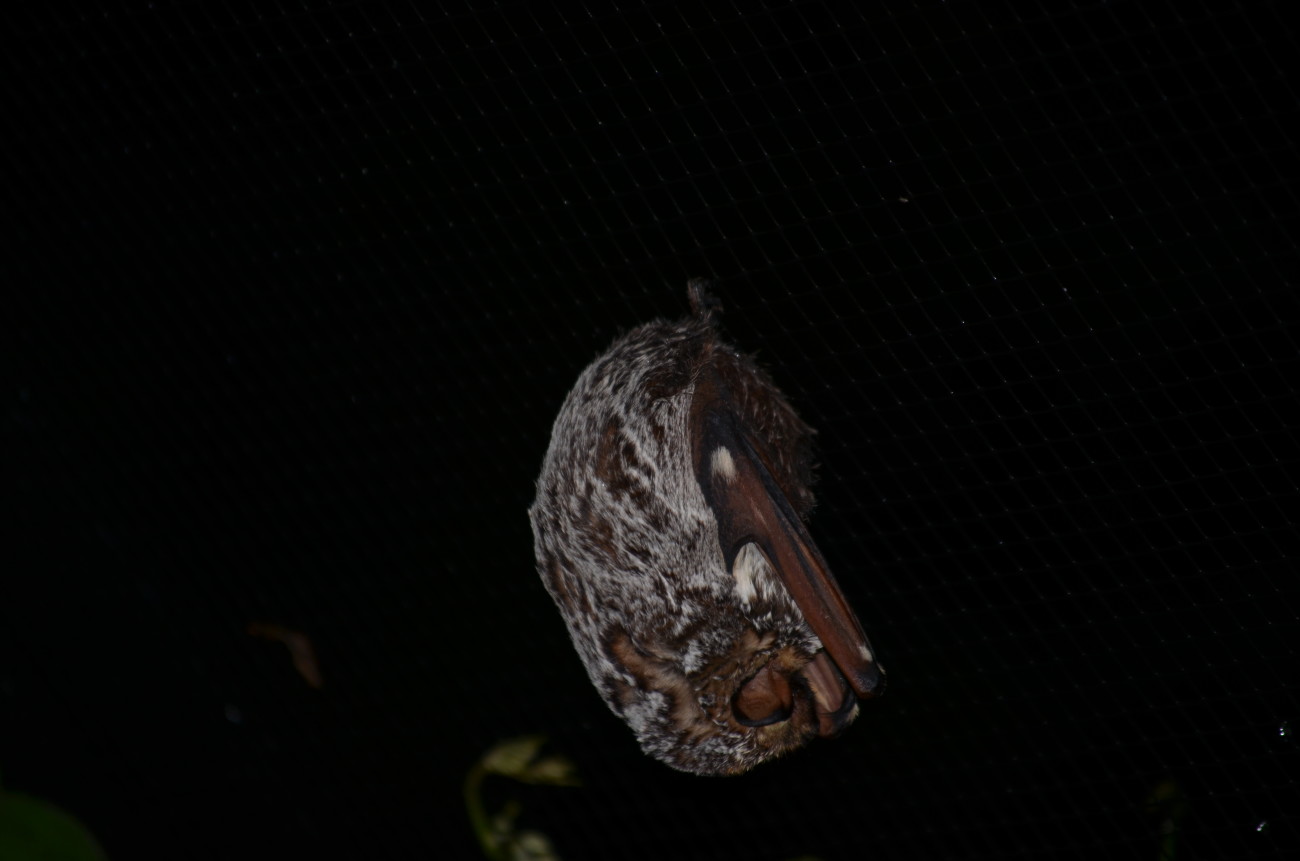
hoary bat flight cage
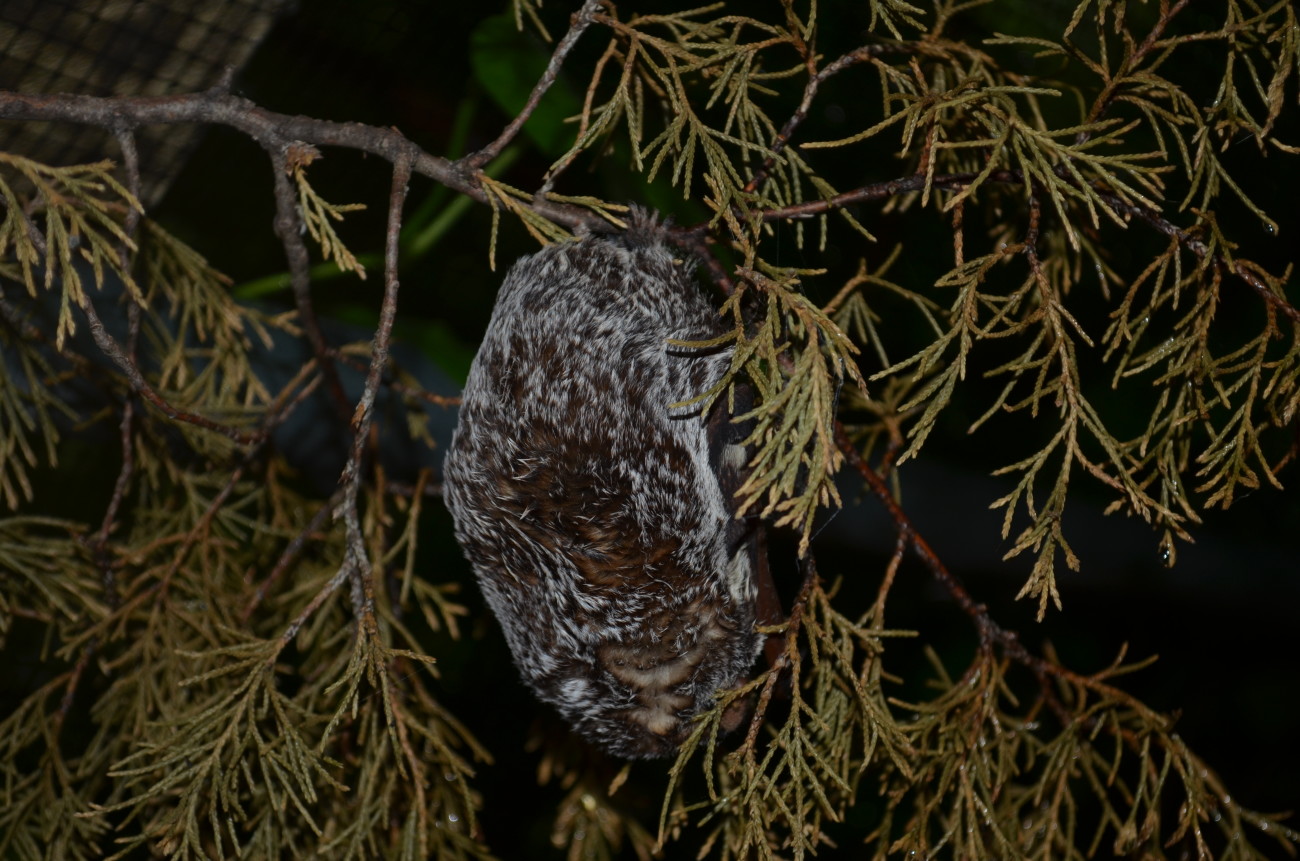
hoary bat in pine tree

hoary bat in pine tree
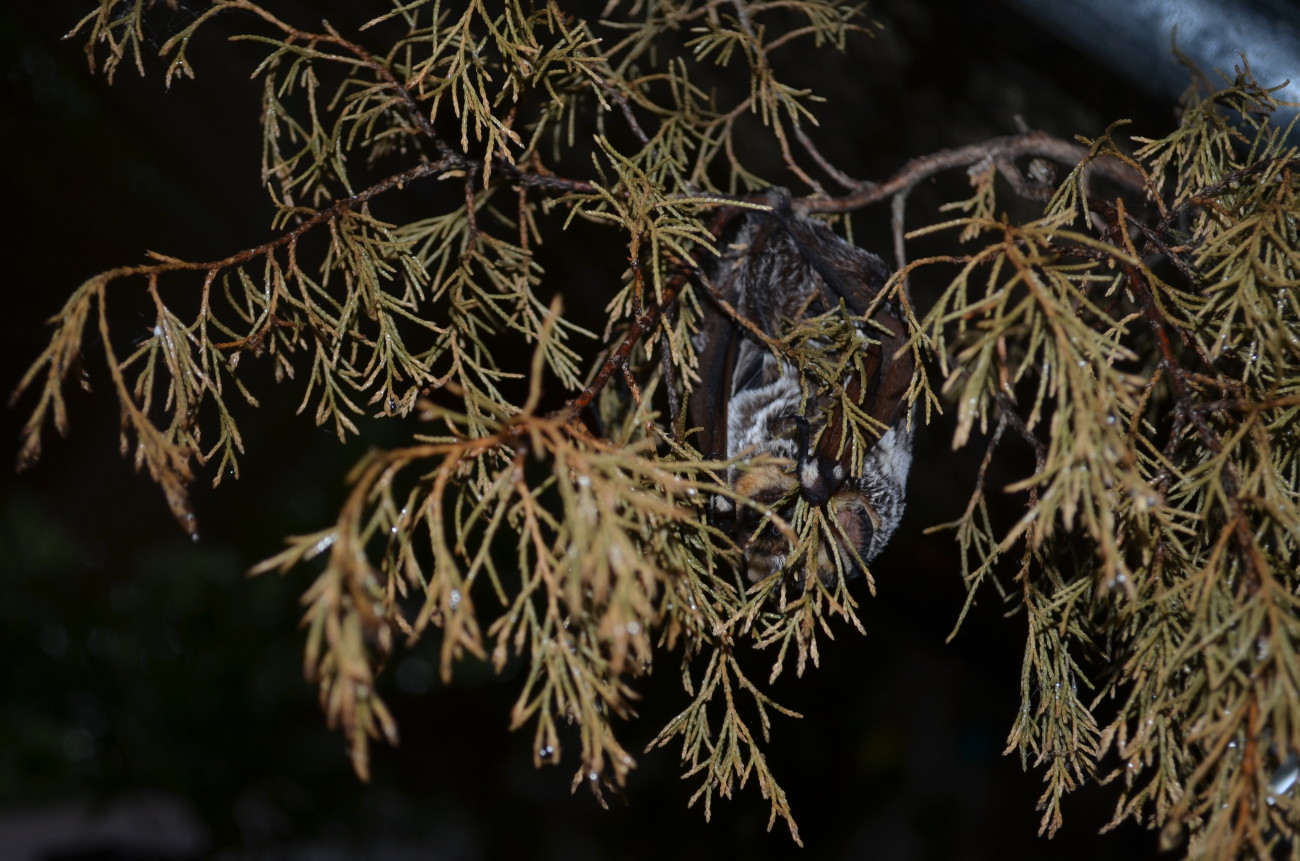
hoary bat in pine tree

hoary bat in pine tree
One night later, she’s flying now
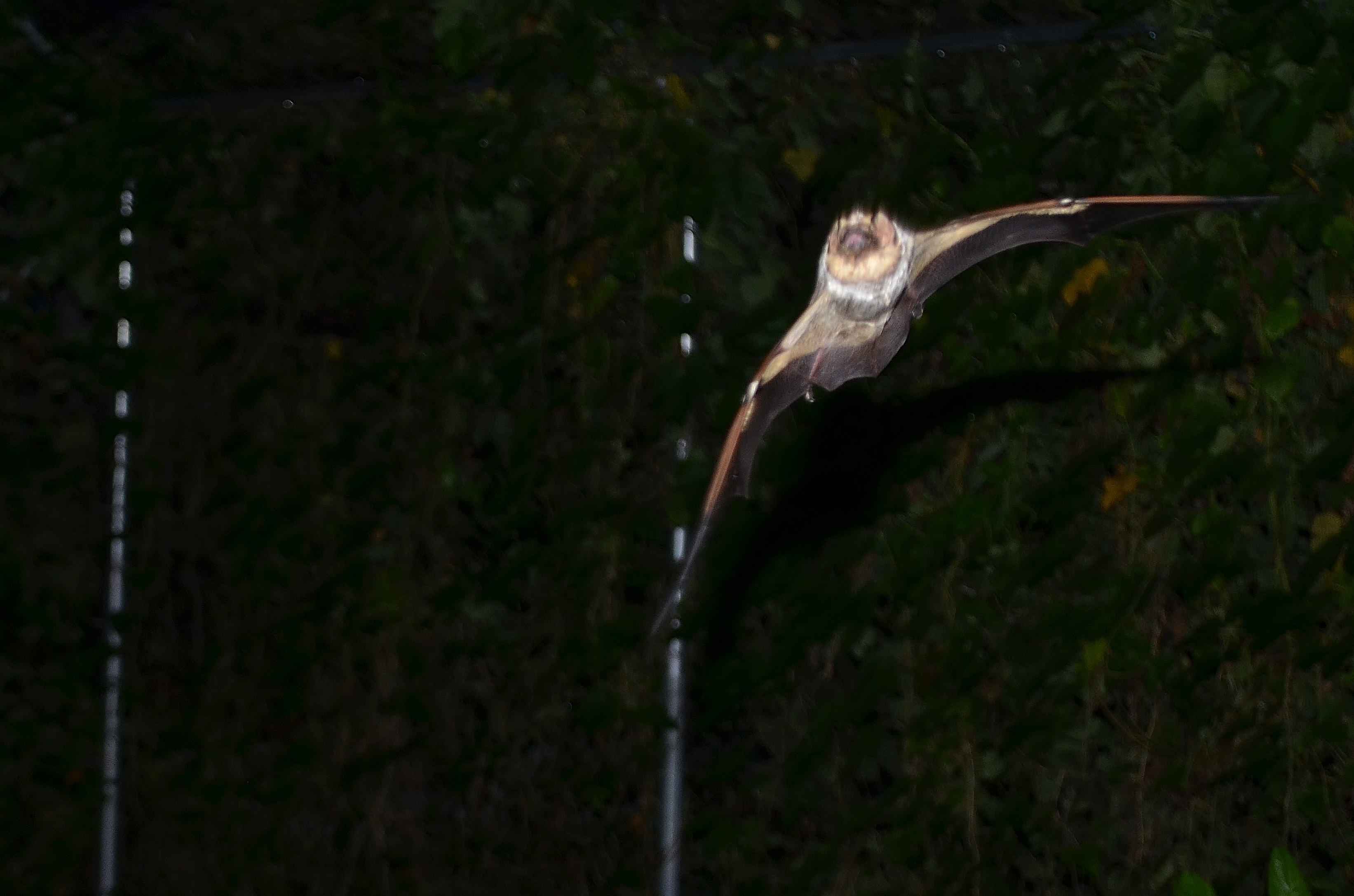
Look at that beautiful golden fur all the way out past her wrists
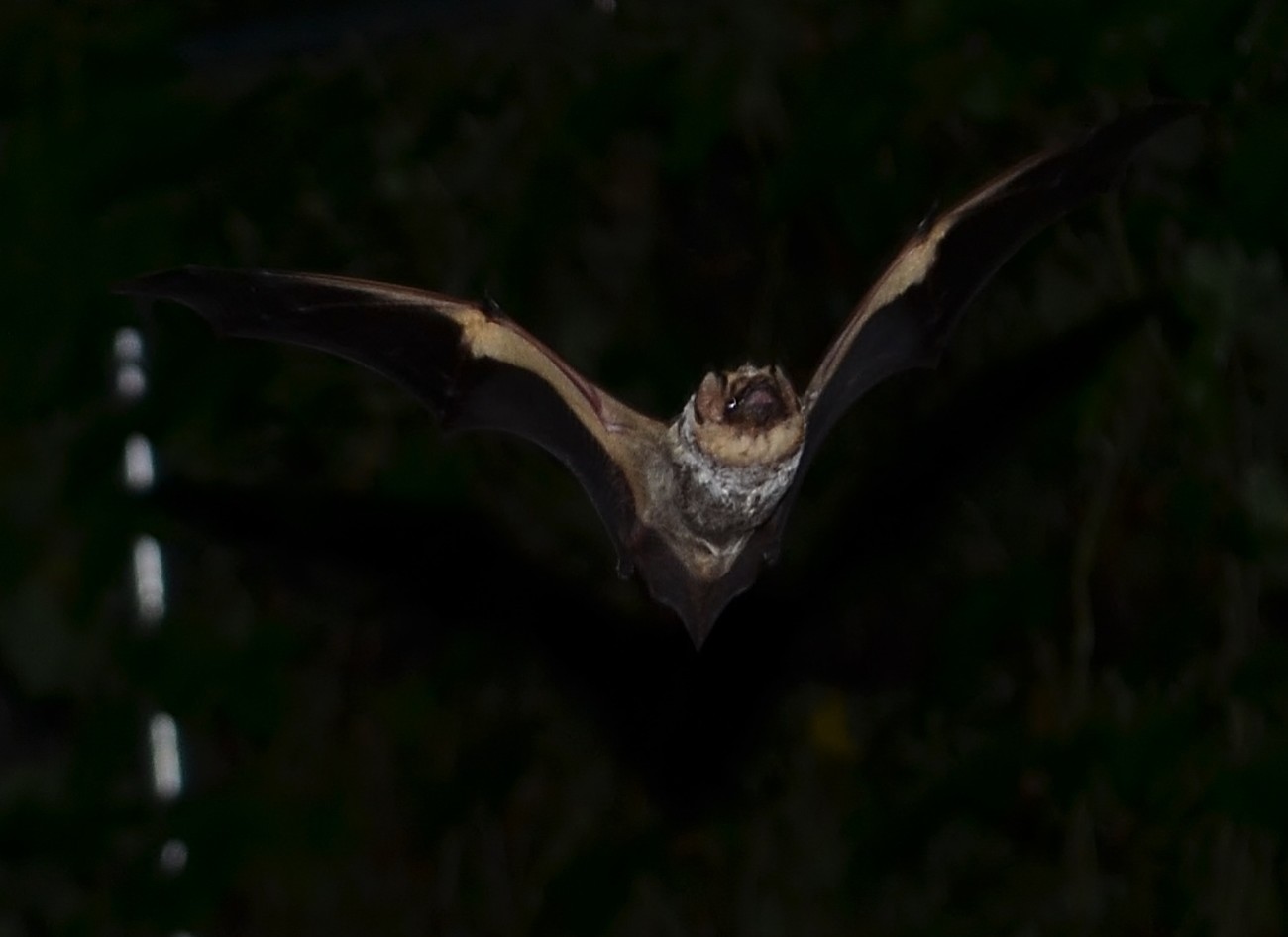
hoary bat flying
According to Bats of Texas, Ammerman et al 2012, hoary bats represented 41% (1,023 of 2,486) of all bat fatalities at wind-energy facilities. Males represent an even higher proportion (89%) of bats killed at Rocky Mountain wind farms (Kuntz et al. 2007), most of those adult males during fall migrations (Arnett et al 2008).
She has quite a task ahead of her making it up to the north country and raising her pups this summer. We hope we can set her back on track after her Austin pit stop.
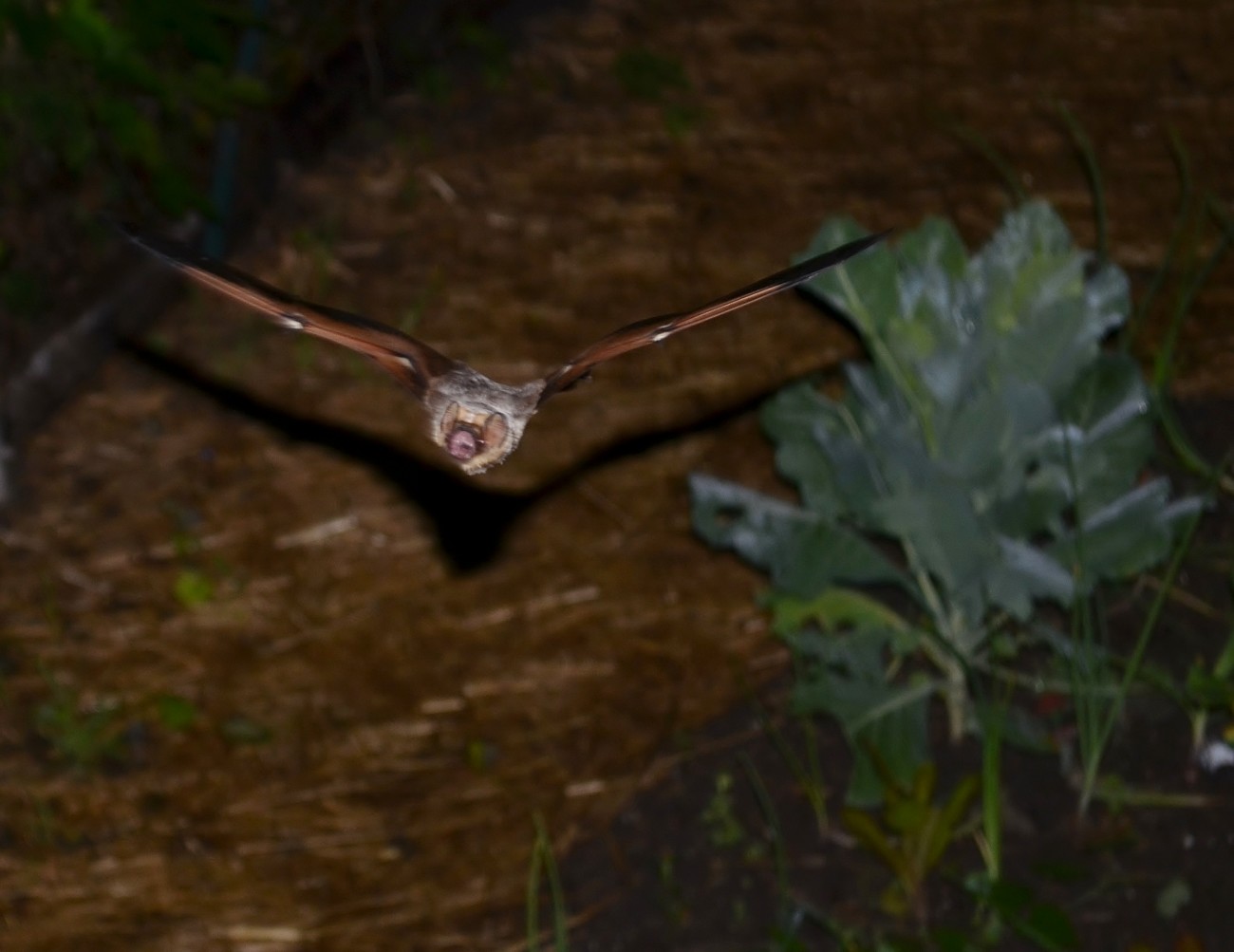
She’s lightning fast so photos are tough to get without a painstaking setup. But even though it’s blury, this photo really shows the magnificent sweep of her downstroke

She’s still only 28.1 grams soaking wet this morning.
This shot shows the pigment of her upper wing membrane changes color corresponding to the glorious fur under her wing.
It’s hard to believe the “pinecone” can drop from the branch and become this amazing flying dynamo.
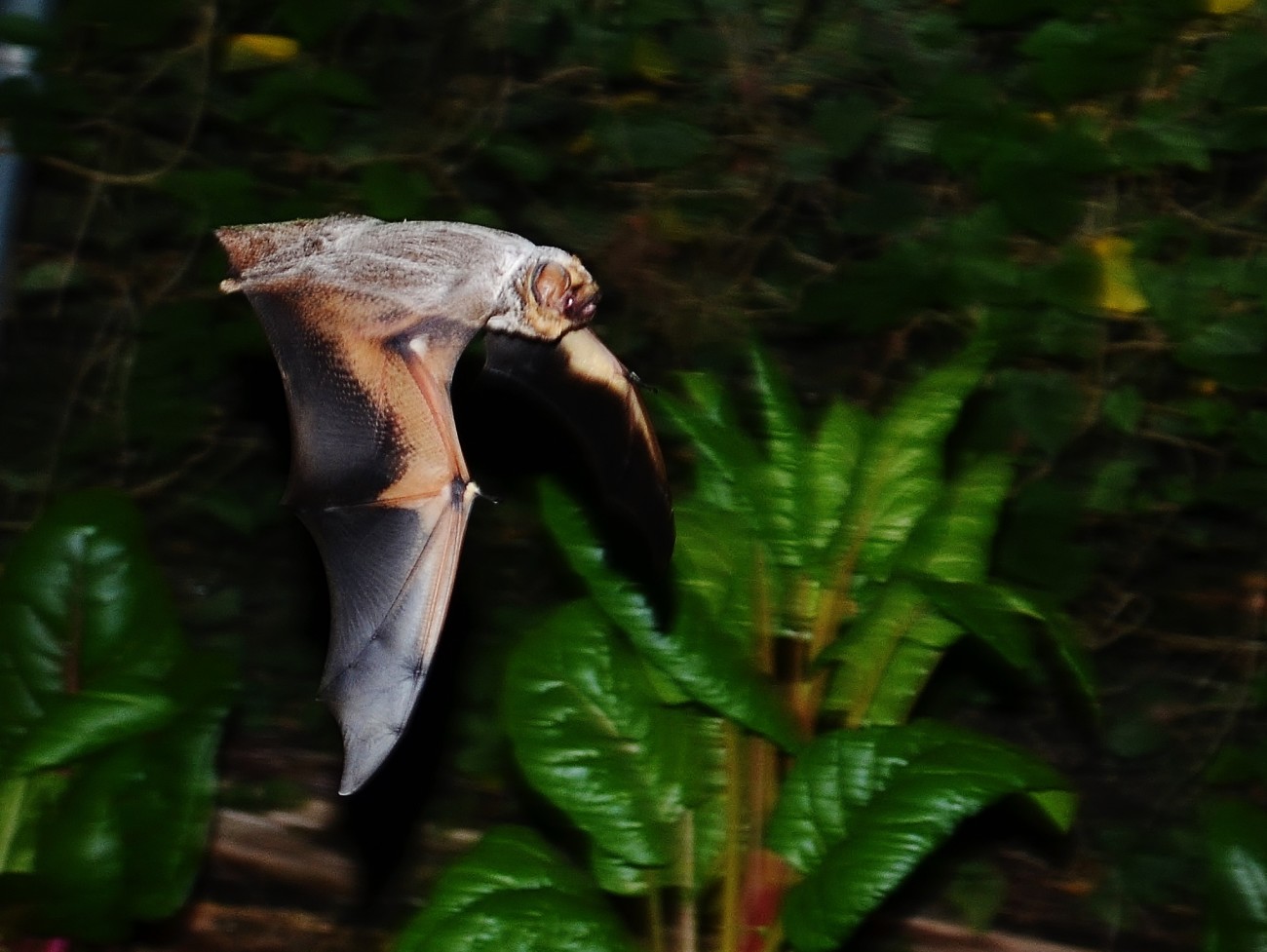
hoary bat Swiss chard
Here’s a photo of our girl as she leaped out of the hand to resume her migration. We set her back on course headed northeast over Mueller Lakes last night. We are thrilled we were able to participate in her recovery after she was rescued by Carin Peterson and Rachel Ellerd at UT Animal MakeSafe. After a week or so of good meals, her weight increased from 27 grams to around 33 grams at the time of release, so she will be well fortified to journey up through Arkansas to her summer grounds in the northeast where she’ll give birth and raise her two pups.
Give us a wave when you and the pups pass overhead this fall sweetheart, it was great getting to know you!

hoary bat release
P.S. – On your way north you might see some big revolving things that look like maybe they are trees you could feed around. They are wind turbines! We know you are inquisitive, but please just stay away from them. And tell the kids!
